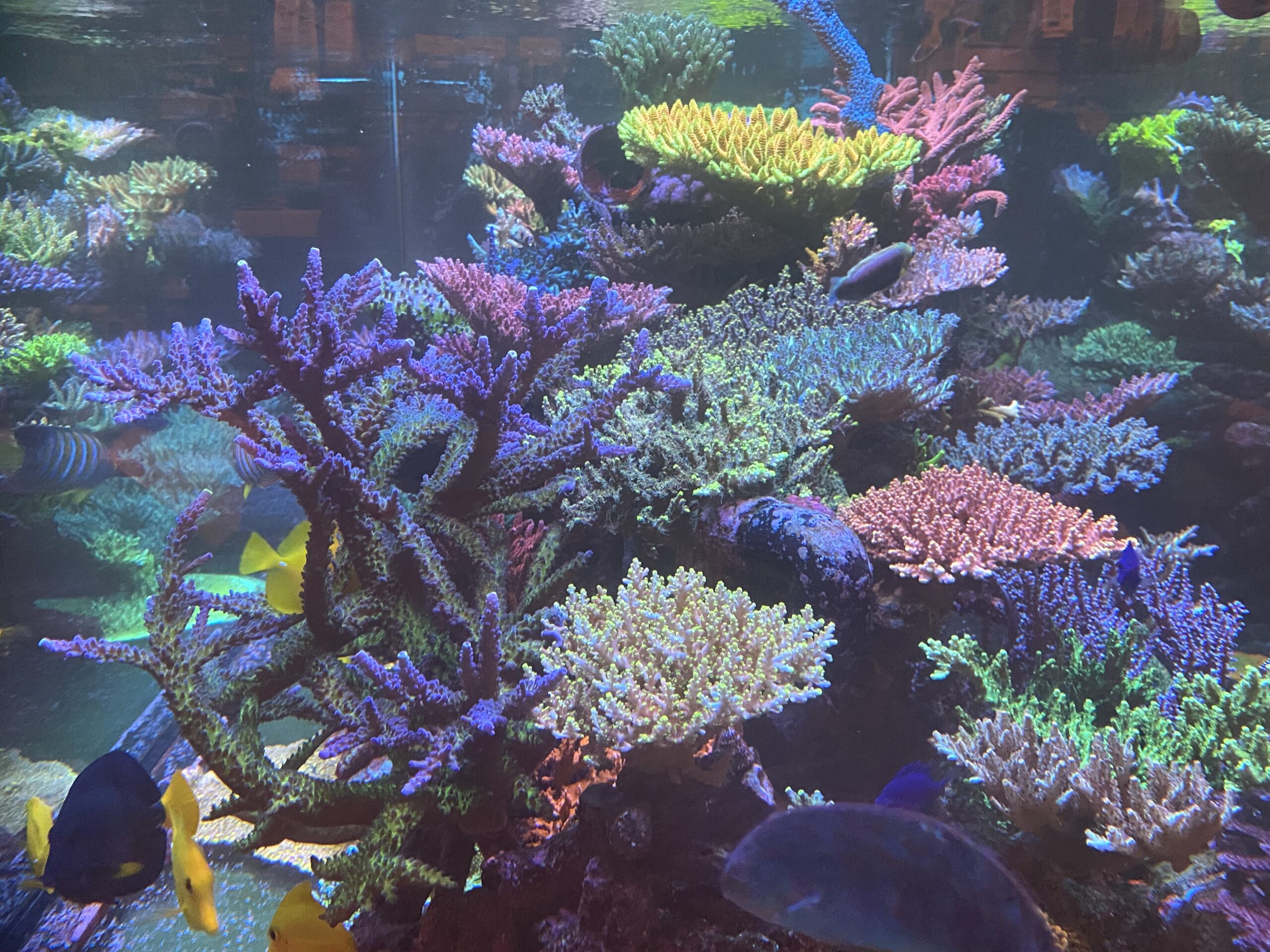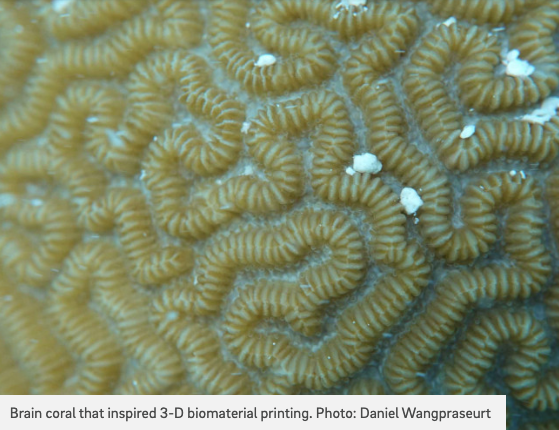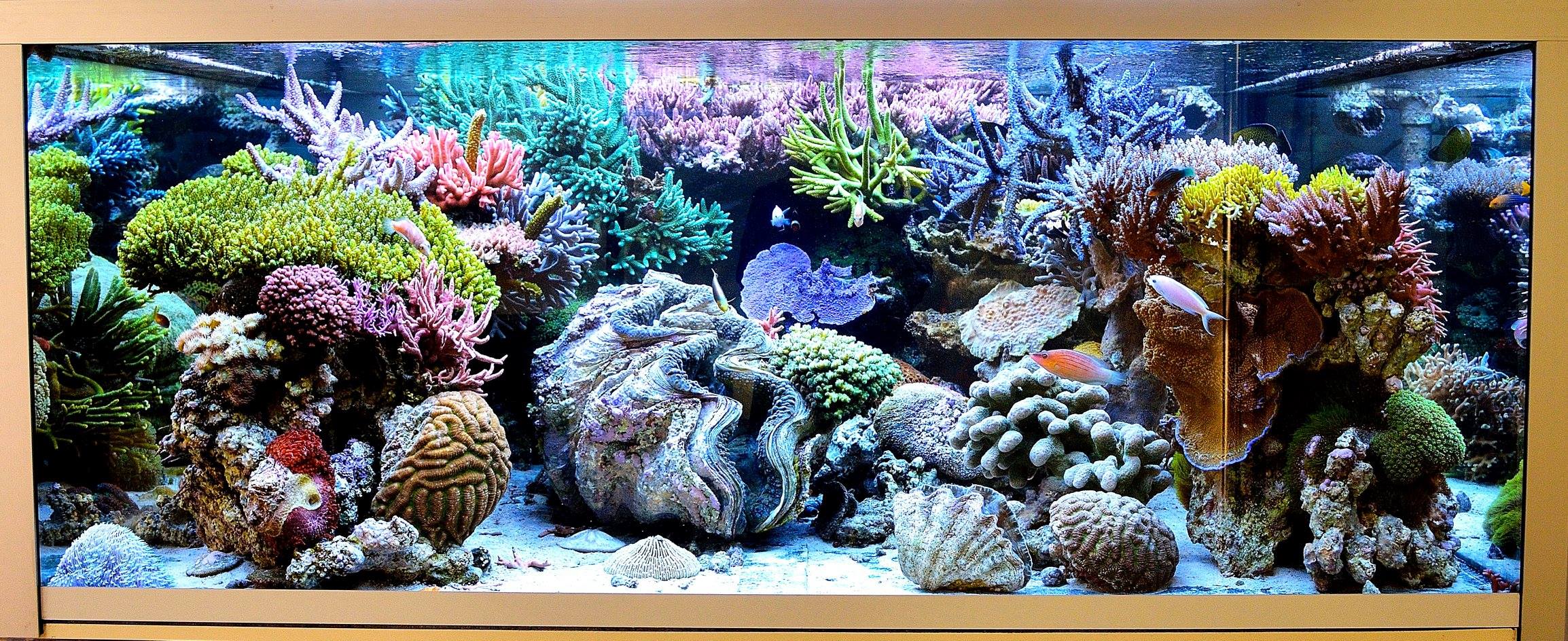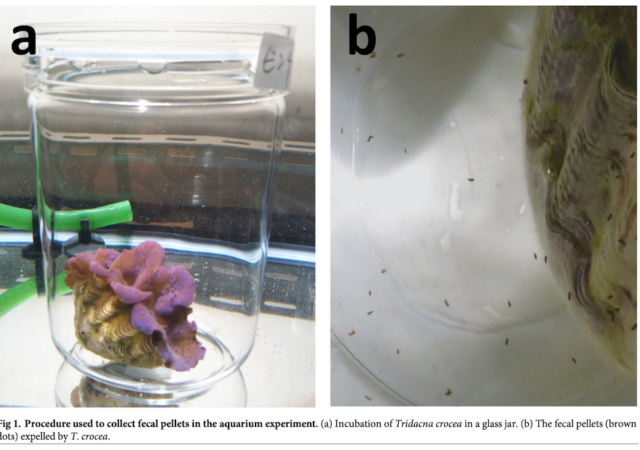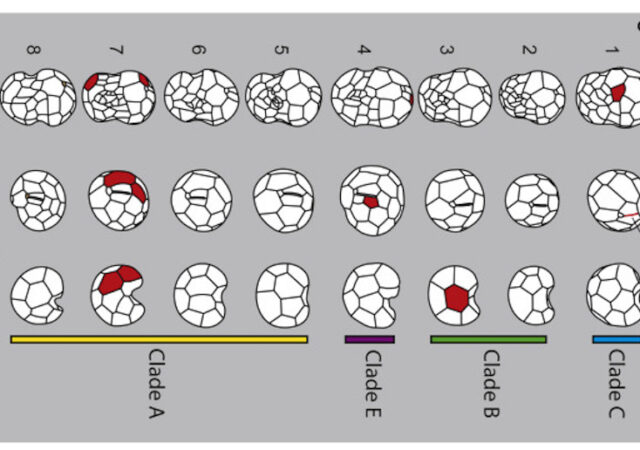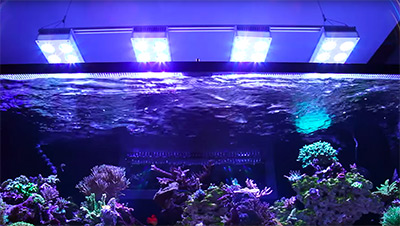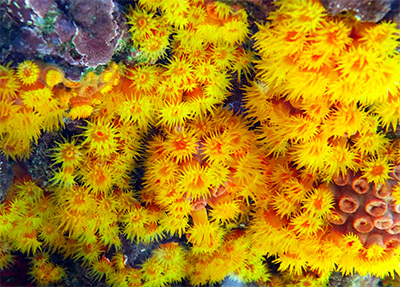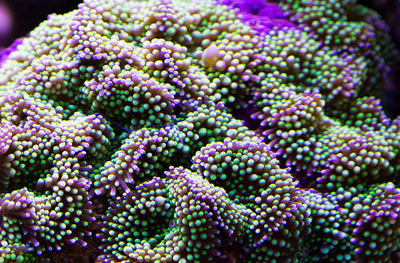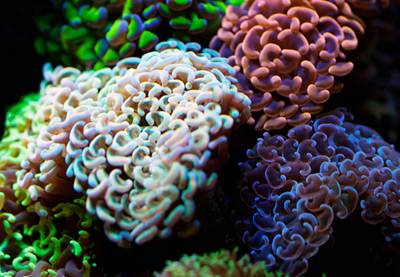As we have noted in previous articles most aspects of the hobby have some controversy associated with them. Needless to say, coral nutrition is one of them. For many years the general consensus was that all corals needed to thrive…
3D bioprinted coral skeletons can house symbiotic algae
A team of international scientists has produced the first 3D printed synthetic coral tissues that can house living symbiotic algae. The team at the University of California built three different 3D-bioprinted corals, each mimicking either the skeleton, gut, or skin…
Giant Clam Poop Could Help Corals Recover from Bleaching!
Last September a study was published taking a close look at giant clam poop, more accurately described as fecal pellets. We previously shared this story but wanted to circle back to it to really drive home one interesting point about…
It’s Time To Take A Closer Look At Clam Poop
Giant clams, like most coral species, survive in a symbiotic relationship with photosynthetic marine algae called Zooxanthellae. And while there are a small number of species which inherit zooxanthellae cells from their parents, the vast majority need to acquire these…
New Research Shows Zooxanthellae are Older than Dinosaurs
Symbiotic zooxanthellae are the backbone of tropical reefs built by photosynthetic corals. Therefore understanding how zooxanthellae ‘works’ and how different they are is paramount to understanding how coral reefs work as an ecosystem, and how they can adapt to a…
Five Ways To Go Beyond The Basics Of Aquarium Lighting
I can clearly remember a time when understanding light on our aquariums was more like trying to wrap your head around alchemy than actual science. We discussed light in number of tubes, watts per gallons, and trichromatic, actinic and daylight…
The Deep Dive on Reef Aquarium Lighting, Part 1: Zooxanthellae, Color Temperature, and Light Intensity
Lighting is important because it directly affects how we visually enjoy the hobby and, more importantly, the vast majority of the corals in our tanks are photosynthetic. In this two-part article, we will first cover some of the basics of…
Specialized Care is Key to Success with Sun Corals
When ascribed to the various species of the genus Tubastraea, the common name “sun coral” is both fitting and ironic. It’s fitting when you consider that the spectacular polyps of many Tubastraea species can quite justifiably be described as sun-like…
Ricordea florida: an Underappreciated Caribbean Beauty
As an American reefkeeper, it’s all too easy for me to forget that some truly gorgeous invertebrate livestock originates relatively close to home in the tropical western Atlantic and Caribbean. I was reminded of this recently when CC entrusted several…
The Hammer Coral: A Sizeable Stinger with Showpiece Potential
Several of the so-called large-polyp stony (LPS) corals offer the advantages of being very hardy, adaptable, and beautiful and, thus, make excellent reef aquarium candidates, even for relatively new reefkeepers. The hammer coral (Euphyllia ancora), however, I would characterize slightly…


